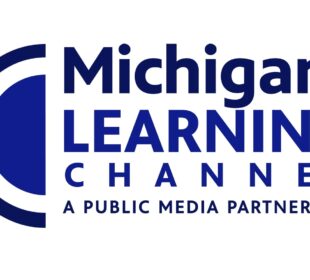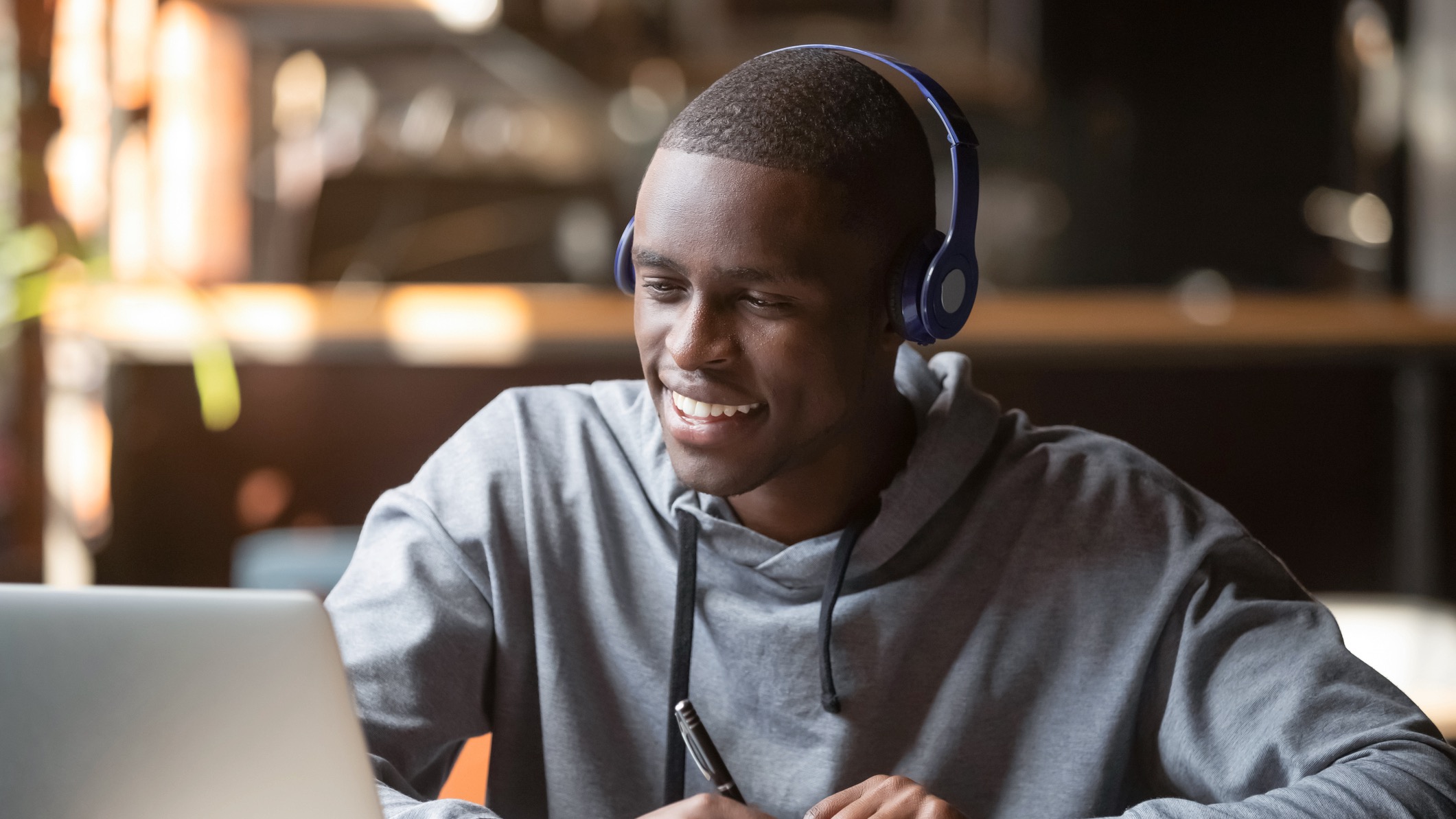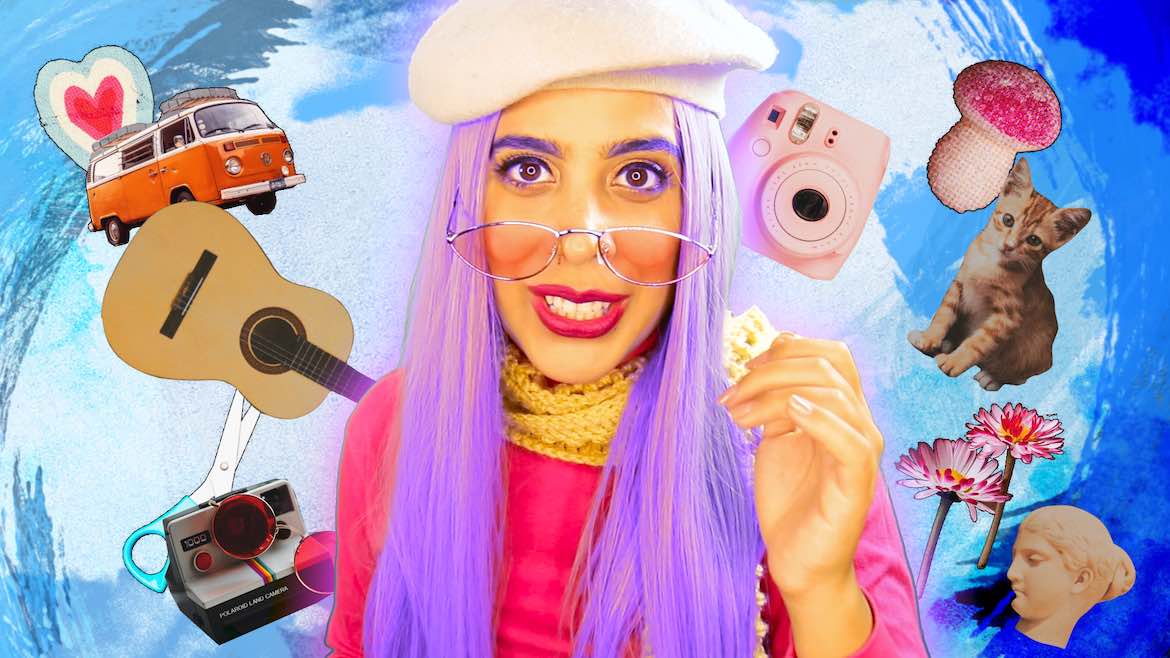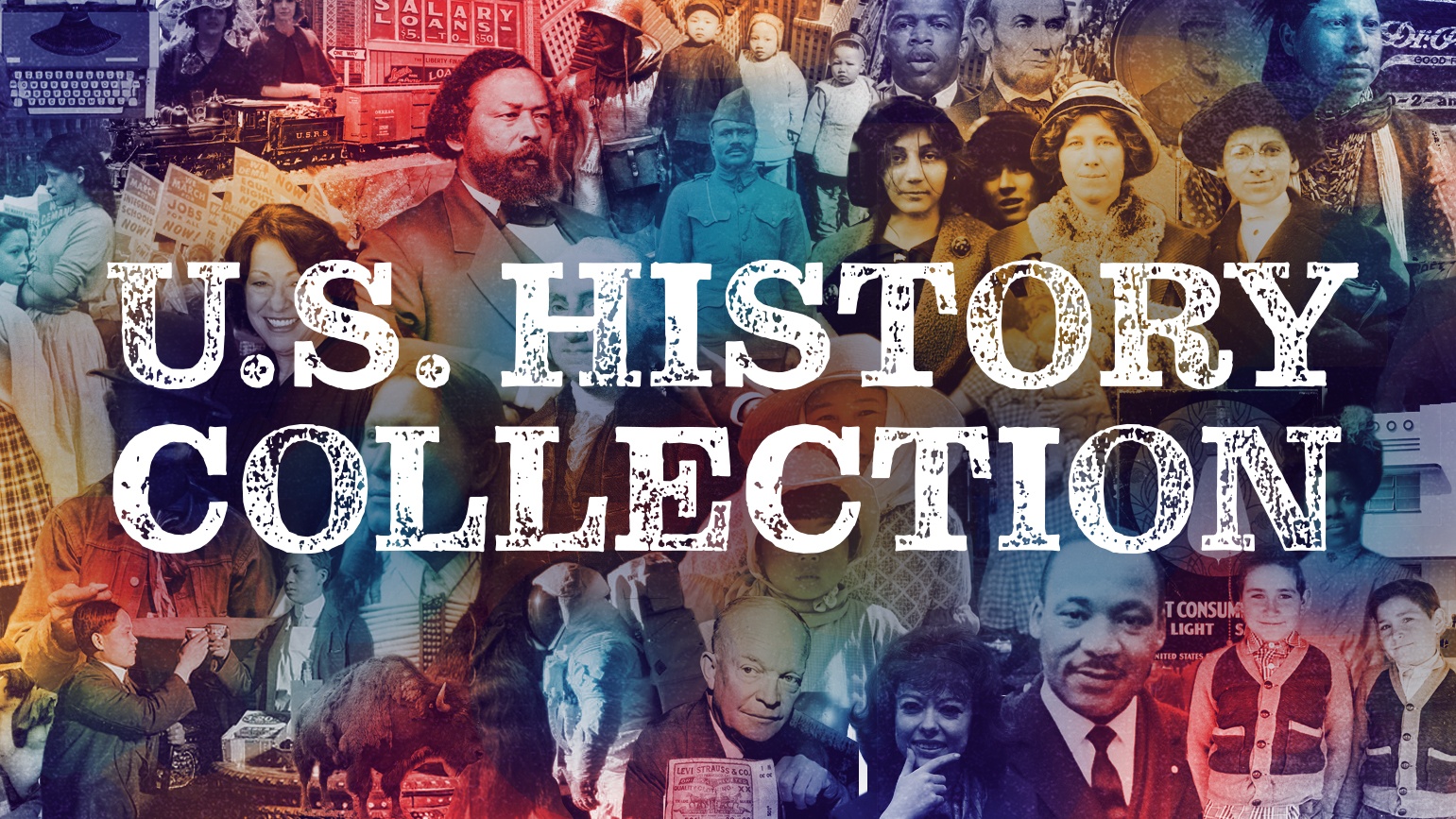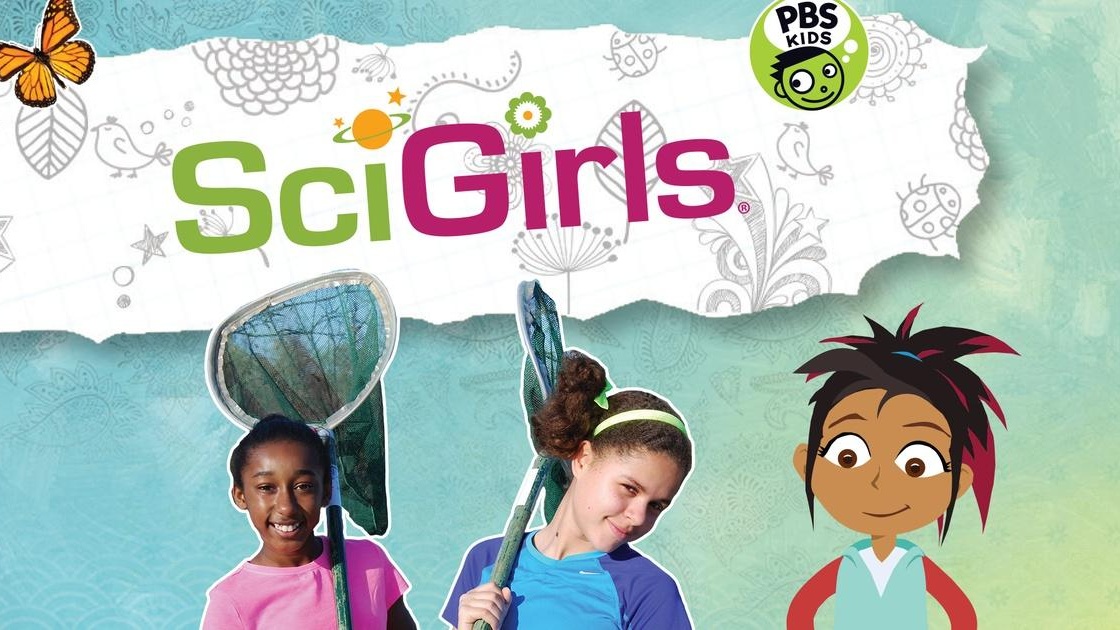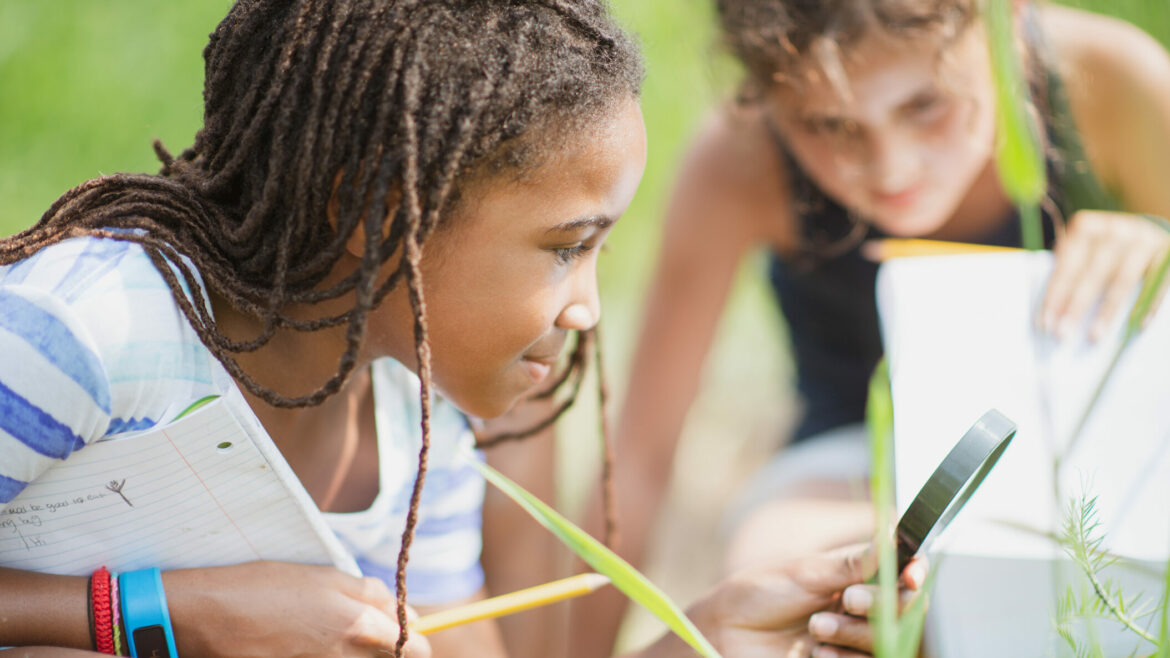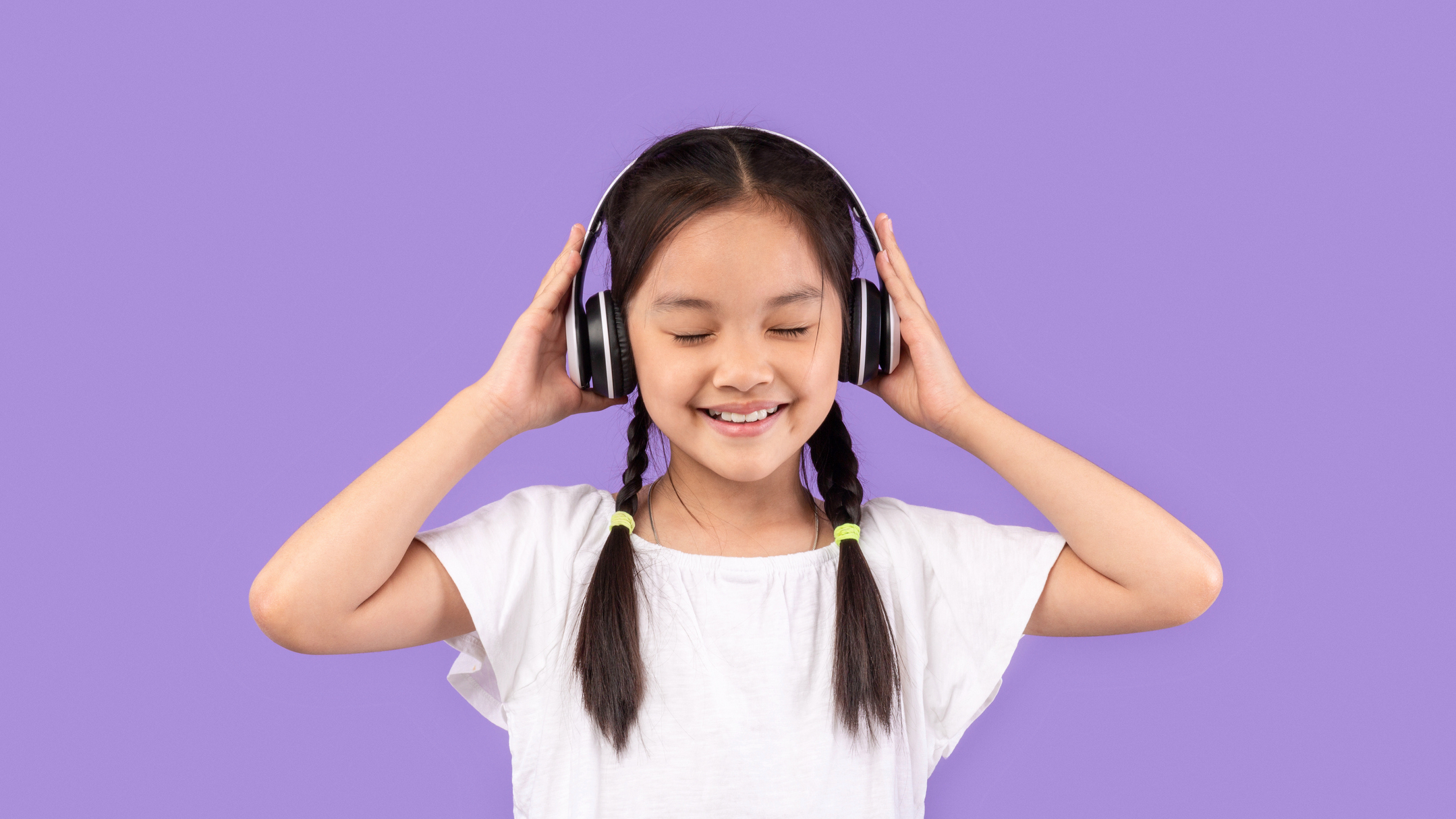Tag: Education
State legislature cuts funding for Michigan Learning Channel
The initiative formally launched in 2021 during the COVID-19 pandemic and had continued to receive funding from the state.Indigenous traditions inspire new video game from Nebraska, Wisconsin stations
A collaborative design process enabled public media teams and Menominee contributors to authentically represent modern Menominee life in Powwow Bound.NEPM, Latino Newsletter team up for election-focused media training
Journalist Julio Ricardo Varela is guiding high school students as they report on the Latino vote in western Massachusetts.Growth of games on PBS Kids aims to meet children where they are
“We are reaching a really big audience," says Abby Jenkins of PBS Kids. "They are born gamers."‘Tiny Time Travel’ shorts help kids learn emotional literacy
The new PBS Kids series is a literacy show “about different ways to communicate ... and understanding peoples’ points of view,” says ...How the Syracuse Journalism Lab is diversifying local reporting while training young journalists
The Syracuse Press Club and The Stand, a local nonprofit news outlet, teamed up to teach high-school students the basics of journalism.Having equitable impact means overcoming the barriers we keep in place
Good or even great work is not always equitable work. We often simply don’t reach children of color because we establish or ...Ahoy, Story Pirates! ‘SPTV’ brings creative storytelling to broadcast TV
The public TV sibling of the popular kids podcast debuted in 2020 on KLCS in Los Angeles.Pubmedia’s datacasting startup forges content partnership with Sesame Workshop
“The partnership model is key to everything we do,” says Erik Langner, CEO of the Information Equity Initiative.GBH launches U.S. History Collection as resource for educators
“We’re not telling students what to think,” said Seeta Pai, executive director of education at GBH. “At the end of the day ...TPT receives $1.2M NASA grant to promote science careers among young women of color
NASA Inspires Futures for Tomorrow’s Youth, a new initiative, will pair 100 NASA STEM professionals with students ages 9–14.Public TV stations adapt strategies for supporting out-of-school learning
Ohio stations have launched a $5 million project to help elementary students "accelerate their learning," while WNET is refining its formula for ...KSPS launches quiz show to reinforce civics education
The PBS station teamed up with the Spokane League of Women Voters to create "Civics Bowl," a new take on high school ...How taking public radio’s journalism into classrooms can engage and educate students
In an excerpt from her book "Listen Wise: Teach Students to Be Better Listeners," Monica Brady-Myerov recalls the "lightbulb moment" that led ...Vegas PBS offers workforce training program for youth in juvenile justice system
With funding from MGM Resorts, the station aims to help close equity gaps for students in detention.


